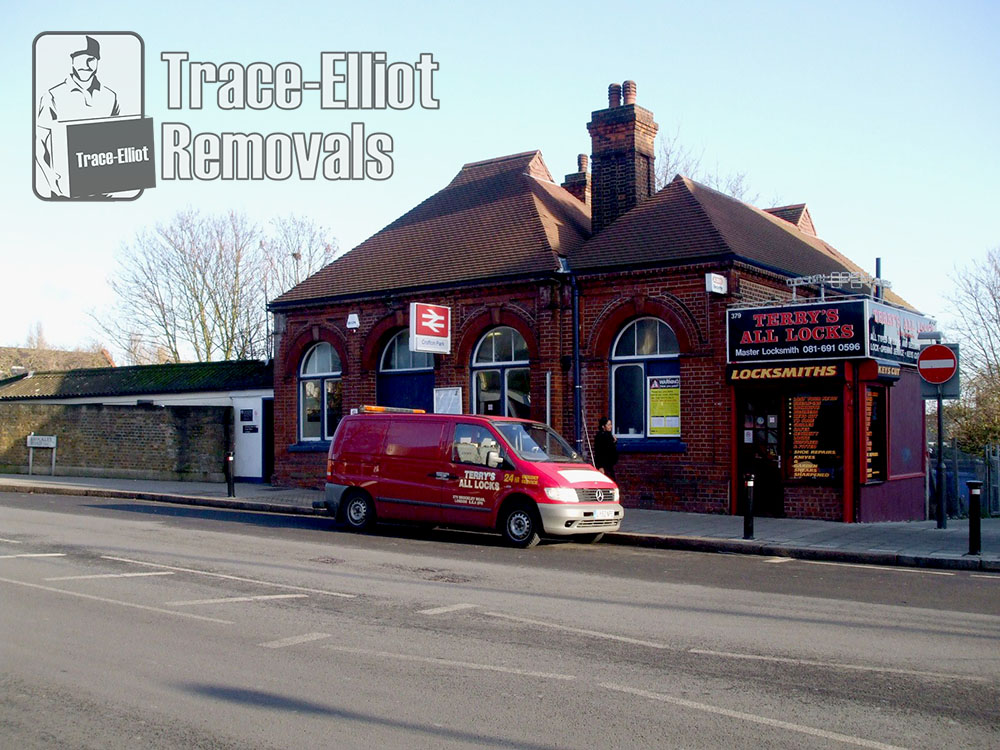Lewisham is one of the smallest boroughs in the British capital. It is the home of almost 300.000 people and is one of the city’s most densely populated areas (22.000 people per square mile). The Primer Meridian passes through the borough which is also the location of numerous major and minor landmarks and sites which attract both foreign and local visitors by the number.
Bellingham is a small area which lies in the southern parts of the borough. The district has its own retail area which is the location of several public houses, eateries, independent businesses and shops. Bellingham, SE6, is linked to the other parts of London by its own railway station. The transportation hub was established in 1892 and has always served the Sevenoaks Line from the National Rail Network. The latest numbers show that almost 800.000 people use the station on a yearly basis.
The district of Deptfort, SE8, is situated at about five miles from the famous junction of Charing Cross. The church of St. Paul is arguably the area’s most important landmark. It was constructed during the first half of the 18th century and was designed by renowned English baroque architect, Thomas Archer. The church is identified as a Grade I edifice by the local authorities and is one of the most visited places of interest in the Borough of Lewisham. The Deptford Dockyard is another well-known site. It was established during the early 16th century by the order of King Henry VII and was the first Royal Dockyard to build maritime vessels from the Royal Navy.
Hither Green is one the borough’s most popular areas. The district was once the site of the Park Ever Hospital which was opened during the late 19th century by the Prince of Wales. The building that housed the hospital was designed by Edwin T. Hall. Today all that remains from the healthcare facility is its water tower (Hither Green’s most recognisable structure) as the rest of the hospital was severely damaged during World War II and had to be demolished after the war. During the years several notable people such as Jude Law, Gladys Cooper, Dane Baptiste and Dora Jessie Saint have lived in Hither Green, SE12.
Catford, SE23, lies in the central parts of the Lewisham and according to the London Plan is one of the 35 major centres in Greater London. It has a population of over 15.000 people and is the location of the Catford Cat, a giant fibreglass statue of a black cat perched over Catford Centre’s main entrance. The area is also home to one of the oldest public houses in the borough, the Black Horse and Harrow. The pub dates back to the early 18th century and it is believe that it was Karl Marx’s favored public house in the English capital. Catford has three independent schools:
- Dunstan’s College
- Sydenham High School
- Springfield Christian School
 The residential suburb of Crofton Park has almost 15.000 residents. It lies at about five miles from Charing Cross and is part of the SE4 and SE23 postal code districts. The Rivoli Ballroom is considered to be the area’s main landmark. Opened in 1913 as the Crofton Park Picture Palace, the venue has changed its purpose several time throughout the years. The edifice was designed by Henley Attwater and converted into a dancing hall during the late 1950s by prominent businessman Leonard Tomlin. Since then, the ballroom has be altered numerous occasions, the last time being in 2013 when it was officially reopened. At the moment the venue has a maximum capacity of 700 people.
The residential suburb of Crofton Park has almost 15.000 residents. It lies at about five miles from Charing Cross and is part of the SE4 and SE23 postal code districts. The Rivoli Ballroom is considered to be the area’s main landmark. Opened in 1913 as the Crofton Park Picture Palace, the venue has changed its purpose several time throughout the years. The edifice was designed by Henley Attwater and converted into a dancing hall during the late 1950s by prominent businessman Leonard Tomlin. Since then, the ballroom has be altered numerous occasions, the last time being in 2013 when it was officially reopened. At the moment the venue has a maximum capacity of 700 people.
Forest Hill is a district which is known throughout London for being the home of the well-known Horniman Museum. The venue was commissioned by Frederick John Horniman in 1898 and was officially open in 1901. It was designed by Charles Harrison Townsend and is dedicate to the evolution and history anthropology, musical instruments and natural history. The museum has a collection of about 350.000 items and is one of the most visited touristic venues in the British capital. Forest Hill, SE23, is served by its own railway station which dates back to 1839 and is one of the oldest still functioning rail links in London.
